South Africa
At the Owl Orphanage in near Velddrif, about 150 kilometres north of Cape Town, bird of prey expert Jacques Nel brings a patient into his clinic.
This black-shouldered kite was hit by car.
Nel administers a pain killer and anti-inflammatory as his first response.
The bird has a joint injury and needs about four months of rehabilitation at the facility.
Dr Megan Murgatroyd is a raptor specialist and says these top predators are under threat.
“Raptors globally are not doing well. Just over 50% of raptor species globally are in decline. And that’s true for South Africa and we’re seeing it in the Western Cape as well," she says.
Raptors play a vital role in the ecosystem, Dr Murgatroyd explains:
“They’re important for controlling rodent species, for taking out weak or sick animals, vultures are important for cleaning up the environment. There’s a whole mix of roles, but generally having raptors in the environment is important for balance and without them the ecosystem is clearly not healthy and not okay.”
As the only SPCA-accredited birds of prey rehabilitation centre in the Western Cape province, Nel sees a wide variety of cases.
He heals the birds, feeds them, and rears them until they can be released back into the wild.
457 birds of prey were rehabilitated in 2024 alone at The Owl Orphanage.
The work is funded entirely through private donations.
Nel has more reason than ever to be concerned about the birds' future.
“The main threats for birds of prey at the moment, I think number one is climate change. And the reason for that is because of breeding season," he says.
"It’s either earlier, it’s later, or during the time, or after the time, which can pose certain problems when it either starts warming up or cooling down, or suddenly there’s rain which it is not supposed to rain in a non-rainy season, and then the young would die," Nel explains.
After being rehabilitated by Nel for two and half months, the Cape Town SPCA is overseeing the return to the wild of a young African Goshawk.
Supervisor Jon Friedman is bringing it a meal before it is released later in the day.
“This bird came to us about two months ago as an injured stray. He had an eye injury and a wing injury as well. Two days later we took him up to our rehabilitation centre at the Owl Orphanage, where he spent another two months in rehab, getting to this point where he is now, where he is ready to go back into the wild -- his eye has been healed, his wing is perfect, his weight is perfect, his flight fitness is 100%," says Friedman.
Friedman brings the African Goshawk to the Blaauwklippen Wine Estate near Stellenbosch, where it was originally found injured.
According to Blaauwklippen Wine Estate Facilities Manager Stefan de Wet, staff on the farm keep an eye on the wildlife here. They call the SPCA if an injured animal is found.
“We’ve got plenty of bird life, plenty of prey, birds of prey, guinea fowl, geese, different kinds of ducks, even caracal, civet. So we’ve got wild game on the farm which we tend to look after, and also preserve as far as we can," says de Wet.
The plan is to place a ring on the Goshawk prior to release, to aid in future identification.
But the bird has other ideas, and makes a successful bid for freedom before it can be attached.
This young African Goshawk, now with a healed eye and wing thanks to Jacques Nel, is back home with a second lease on life.





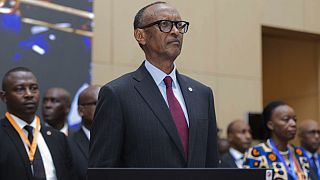
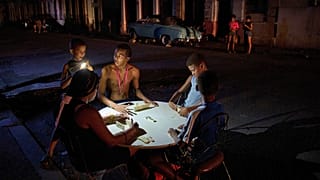
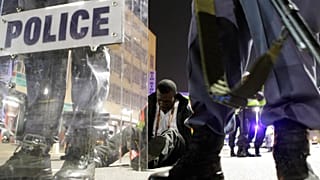
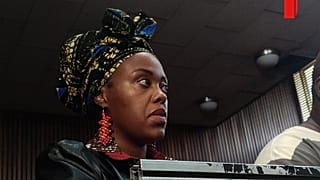
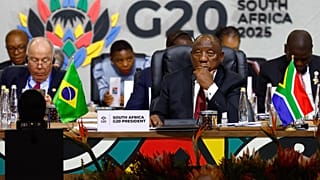
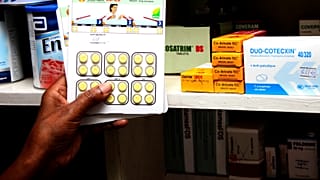

00:53
San Diego Zoo Welcomes Rare Fossa Triplets
Go to video
Rising lake waters cause misery for people forced to live in flooded homes in Kenya
01:03
G20 leaders in South Africa adopt declaration despite US opposition
Go to video
Sierra Leone chimpanzee sanctuary reopens after securing forest protection
01:13
Ethiopia named as host for 2027 UN Climate Summit
01:06
France leads $2.5 billion push to protect Congo’s forest as climate summit urges action